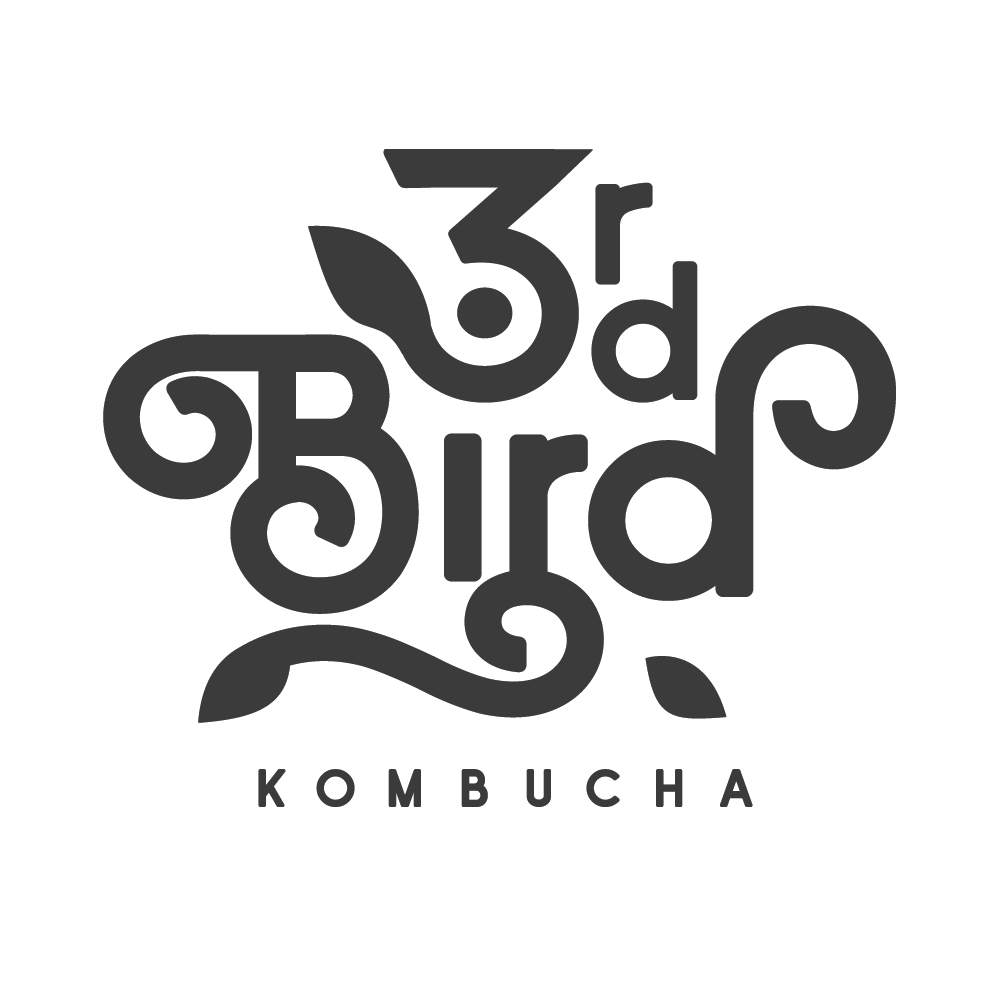What Exactly is a SCOBY?

If you've ever dabbled in the world of kombucha brewing, chances are you've encountered the term SCOBY. You probably have images of an alien looking blob or maybe a snot like looking thing. Either way, the image isn't good. But SCOBYs play an important role in the fermenation of kombucha. So what it is?
SCOBY, an acronym for Symbiotic Culture of Bacteria and Yeast, is often likened to a thriving community within your brewing vessel. However, some argue that it should be called SMOBY, emphasizing the mutualistic relationship between the bacteria and yeast. In this symbiotic partnership, both species benefit, creating an environment conducive to fermentation.
Imagine kombucha without its SCOBY—it would be nothing more than sweet tea doomed to turn dank and moldy. At the heart of this symbiotic relationship lies the pellicle, a term often used interchangeably with SCOBY. But what sets them apart?
To draw an analogy, think of all squares as rectangles, but not all rectangles as squares. Similarly, all pellicles are SCOBYs, but not all SCOBYs are pellicles. While the terms may be used interchangeably in everyday conversation, the pellicle specifically refers to the thick layer that forms on the surface of your kombucha during fermentation. This gelatinous mass is teeming with beneficial bacteria and yeast, essential for the fermentation process.
But let's not forget about another crucial component: starter liquid. By definition, starter liquid also qualifies as a SCOBY, containing the same symbiotic blend of bacteria and yeast. However, unlike the pellicle, starter liquid is not a visible entity but rather the liquid used from a previous batch of kombucha. Together, the pellicle and starter liquid form the foundation of your kombucha culture.
Did you know you can grow your own SCOBY? Learn how!
So, what roles do these components play in the fermentation process? Starter liquid serves as the initial inoculant, bringing down the pH of the tea and introducing a diverse population of bacteria and yeast to kickstart fermentation. On the other hand, the pellicle acts as a guardian, bolstering the immune system of your brew by infusing it with additional layers of bacteria and yeast.
In essence, the pellicle and starter liquid work in tandem to create the perfect environment for fermentation, ensuring that your kombucha brew thrives and matures into a deliciously tangy elixir. So, the next time you marvel at your bubbling brew, remember to tip your hat to the unsung hero—the SCOBY—that makes it all possible.
No comments







0 comments